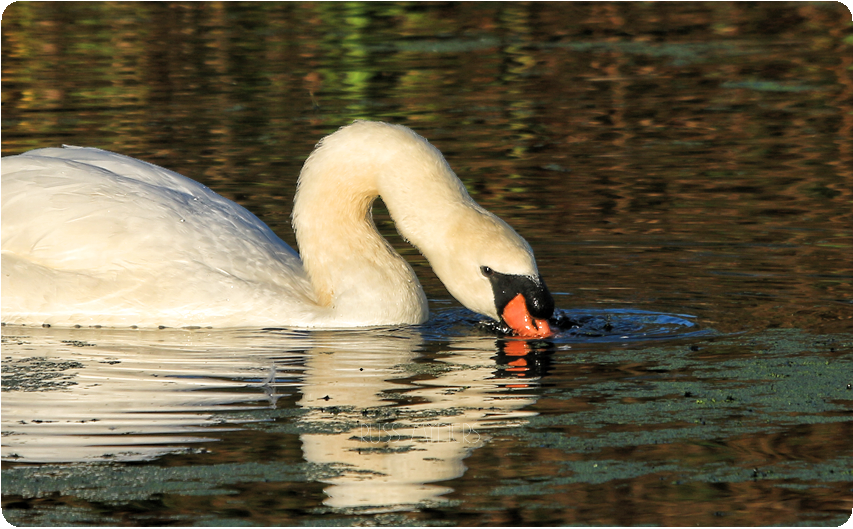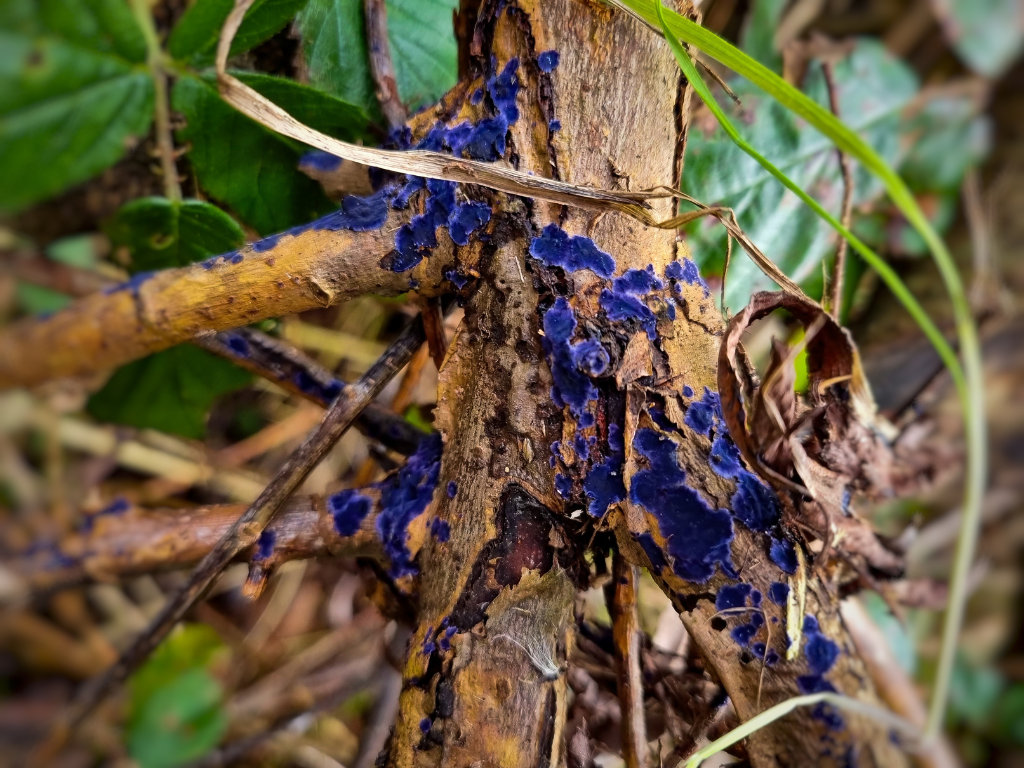Recent Sightings (30th Sep- 3rd Oct)
British Steel Hide
Wader numbers have been relatively low because of low tides, the most noticeable drop being Black-tailed Godwits. A few weeks ago numbers were in the thousands, but the highest count recently was around the 50 mark on the 30th Sep. In the first few days of October very few have been seen at all, with the highest count being just 4 . Greenshank numbers have remained steady with the highest count being 45 and the highest Redshank count was 90. Other wader counts include 6 Dunlin, 32 Lapwing, 2 Spotted Redshanks and 2 Ruff. One of the Spoonbills returned in the afternoon of the 2nd Oct. Peregrine attacks are still regular and usually occur in times of higher tide, as the wader numbers accumulate. 2 Commic (Common or Arctic) Terns were seen feeding on the estuary on the 30th but were unfortunately too distant to identify.
Wildfowl have included 3 Mute Swans, 42 Gadwall, 27 Tufted Ducks, 2 Great Crested Grebes (estuary), 2 Greylag Geese, 3 Canada Geese, 6 Teal, 9 Shoveler and 19 Wigeon.
Millennium Wetlands
2 Curlew Sandpipers were on Deep Water Lakes stony island with 24 Redshank on the 2nd. Up to 7 Lapwing have been on Deep Water Lake also. Wildfowl have included 3 Pochard, 5 Little Grebes, 53 Gadwall, 26 Coot, 8 Tufted Ducks, 6 Moorhen, 2 Teal, 1 Wigeon 9 Mute Swans and 3 Shoveler. Other birds from around the reserve include Water Rails, Kingfishers, Grey Wagtails, Buzzards, Jays, Stonechats and both Mistle and Song Thrushes. There are still lingering Chiffchaffs and Blackcaps on the reserve and can quite often be found in the company of Tit species. A Lesser Whitethroat and a Spotted Flycatcher were seen together around the Heron's Wing hide, and Bullfinches seem to be a regular feature at the moment, as do Goldfinches and Goldcrests.
Birds to (possibly) look out for soon
With the number of Goldcrests that are on the reserve at the minute, it is likely that we will get a Firecrest in amongst them during October. It is turning into another bumper year for Yellow-browed Warblers, so hopefully we will get one again this October. The male ducks around the reserve are coming out of eclipse now and are returning to their former glory, definitely something to look out for in the coming weeks.




